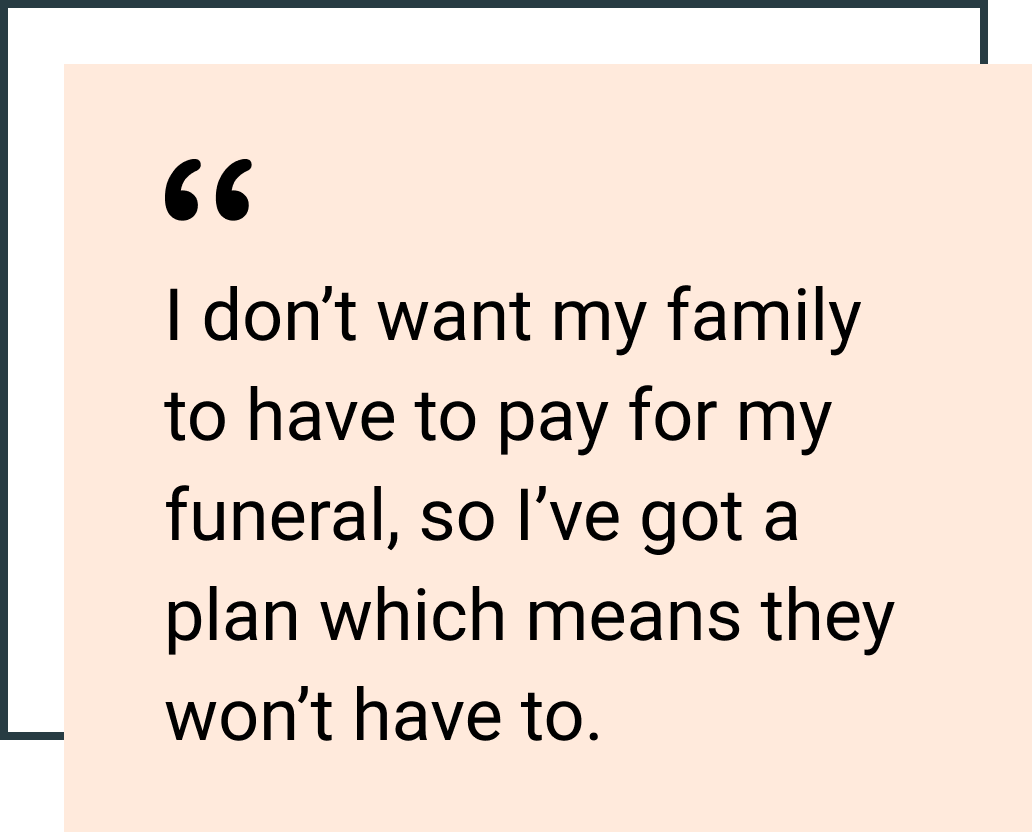Different types of funeral
You can think of funerals in two parts – the first is what happens to the body, the second is what kind of service or memorial to have.

Burial
This is where the deceased is buried in a coffin, usually in a graveyard. This is usually quite a lot more expensive than a cremation, and burial plots are becoming harder to come by. Burials are a less sustainable option as space becomes limited, and there is a question over the environmental impact of embalmed bodies being buried.
Cremation
Here, the deceased and their coffin are cremated at very high heat. In countries such as India and Nepal, open pyre cremations are traditional, but in Britain they are private affairs which take place in a crematorium. There are also very strict environmental rules. In Britain, around 80% of people have a cremation.
Resomation
Also known as alkaline hydrolysis or a ‘water cremation’, this is a relatively new approach that speeds up natural body decomposition. It minimises carbon emissions and doesn’t need land but is currently not widely offered in the UK.

When it comes to the send-off, there are three we look at here:
Traditional funeral
This usually means a funeral (burial or cremation) that includes a service, either at a church or a crematorium. Research by Theos in 2023 found that most people don’t want a traditional funeral nowadays.
The funeral service usually includes the ‘committal’, a ceremony to say a final goodbye before the coffin is taken away. It is often thought that when the coffin is removed, the deceased is immediately cremated – but that’s usually not
Direct cremation
Direct cremations, also known as pure cremation after the company Pure Cremation, have become very popular as people realise they can have any service they want, whenever they want, as the service isn’t linked to the actual cremation. It also means you you don’t have funeral director’s fees to pay, which as the government’s MoneyHelper website explains, is often the biggest cost.
In a direct cremation, the person who has died is collected and taken into the care of the funeral company. They are then cremated without the family present. The ashes are returned and can be kept or scattered. If they are kept in an urn, that can even be taken to the funeral service.
Green funeral
This may also be called a ‘woodland burial’ as it typically doesn’t take place in a graveyard. Embalming processes may not be used, and a biodegradable coffin (like cardboard) may be chosen. There are strict rules about where a woodland burial can take place.
.png?width=340&height=600&name=Group%201228%20(1).png)
Want to know more?
If you have any questions, or think there’s anything else that would be useful to know about funeral plans, please get in touch.
You can email us at info@funeralplancompare.co.uk

